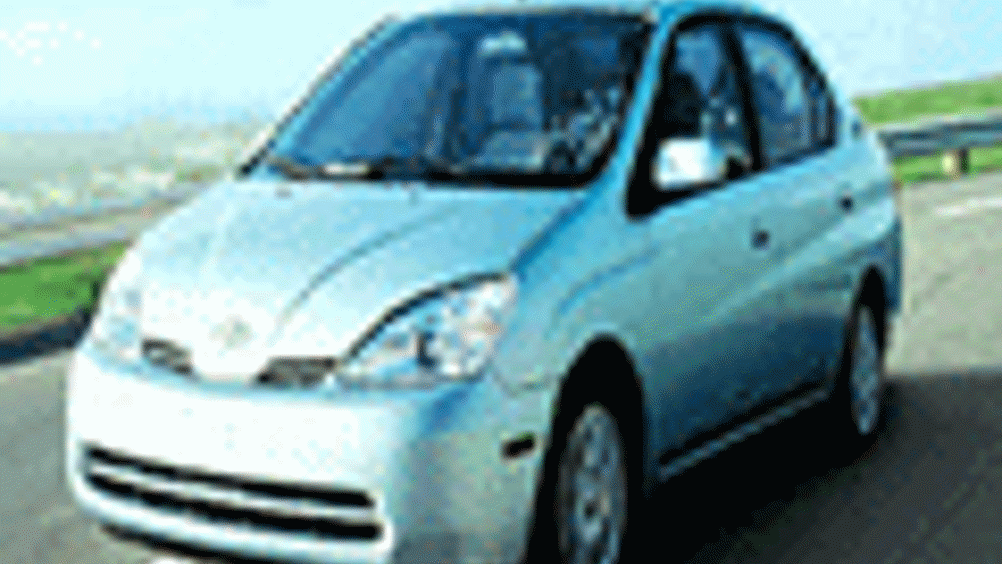Route of all good
From carbon credits to cutting speed limits, there could be a lot more to reducing CO2 than what goes on under car bonnets. Max Glaskin reports.

Which of these will save the world? Speed cameras on every road. A gauge on every dashboard showing real-time exhaust emissions. A market in which car makers buy and sell carbon quotas. These are suggestions from academics, specialists and policy pundits to help stop climate change. Can they be serious?
They certainly are. The policies have been selected by the Low Carbon Vehicle Partnership, from more than 30 submitted, as worthy of consideration. The
But how can that be achieved? Routes that had seemed promising, such as road charging, hydrogen fuel cells and the promotion of new, cleaner technologies, have been diverted into lay-bys. Road charging might smooth the peaks and troughs in traffic flow but do little to reduce overall emissions. Besides, the abandonment last year of the planned trial to charge lorries is seen as a major setback to pay-per-mile projects. Progress now seems stalled until standards for road-charging systems are harmonised across
Register now to continue reading
Thanks for visiting The Engineer. You’ve now reached your monthly limit of premium content. Register for free to unlock unlimited access to all of our premium content, as well as the latest technology news, industry opinion and special reports.
Benefits of registering
-
In-depth insights and coverage of key emerging trends
-
Unrestricted access to special reports throughout the year
-
Daily technology news delivered straight to your inbox










Water Sector Talent Exodus Could Cripple The Sector
Well let´s do a little experiment. My last (10.4.25) half-yearly water/waste water bill from Severn Trent was £98.29. How much does not-for-profit Dŵr...